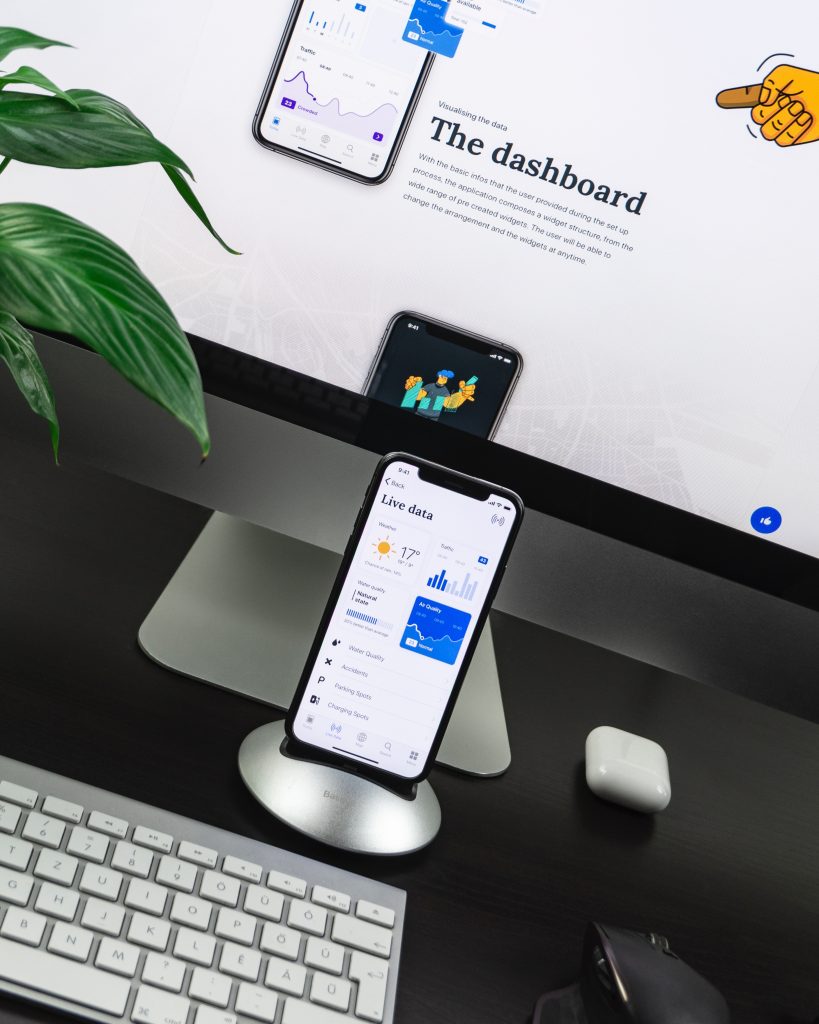In today’s digital landscape, users interact with brands across multiple channels, devices, and touchpoints. Designing seamless multichannel experiences has become crucial for businesses to provide a consistent and cohesive user journey. In this article, we will explore the importance of seamless multichannel experiences, discuss key considerations for designing such experiences, and highlight best practices to ensure a unified and delightful user experience.
- The Rise of Multichannel Experiences: The proliferation of smartphones, tablets, smart devices, and emerging technologies has resulted in users engaging with brands through various channels and platforms. Users expect a seamless transition between these channels, whether it’s switching from a mobile app to a website or interacting with a voice assistant. Designing for multichannel experiences helps businesses meet these user expectations and maintain a consistent brand presence across touchpoints.
- Understanding User Behavior Across Channels: To design seamless multichannel experiences, it’s essential to understand how users navigate and interact with different channels. Conducting user research, analyzing user behavior, and identifying user preferences can provide valuable insights into user expectations, motivations, and pain points across channels. This understanding forms the foundation for creating a cohesive experience that meets users’ needs and aligns with their behavior.
- Consistency in Branding and Visual Design: Consistency in branding and visual design elements is key to establishing a unified experience across channels. The use of consistent colors, typography, imagery, and brand messaging helps users recognize and associate different touchpoints with the brand. Designers should ensure that brand guidelines are followed consistently, regardless of the channel, to create a cohesive and recognizable brand identity.
- Seamless Navigation and Information Architecture: Navigation plays a vital role in guiding users through a multichannel experience. Consistent navigation patterns and information architecture across channels help users easily find what they are looking for and maintain their mental models of how the brand’s ecosystem works. Clear and intuitive navigation menus, search functionality, and cross-channel linking are crucial for ensuring a seamless transition and a frictionless user journey.
- Responsive and Adaptive Design: Responsive and adaptive design techniques enable content and interfaces to adapt seamlessly to different devices and screen sizes. This ensures that users can access and interact with the brand’s content without any loss of functionality or usability across channels. Designers should prioritize responsive design principles and optimize content layouts for various screen sizes to provide a consistent experience.
- Personalization and Contextualization: Personalization and contextualization can enhance multichannel experiences by tailoring content and interactions based on user preferences, behavior, and context. Leveraging data and user insights, designers can deliver targeted and relevant experiences to users, regardless of the channel they are using. This can include personalized recommendations, location-based information, and adaptive content that dynamically adjusts based on user needs.
- Seamless Data Synchronization: Data synchronization is crucial for maintaining a seamless experience across channels. For example, users should be able to start an interaction on one device or channel and continue it seamlessly on another. Designers should ensure that user data, preferences, and progress are synchronized in real-time, allowing users to pick up where they left off, regardless of the channel they are using.
- Testing and Optimization: Regular testing and optimization are vital to ensure the effectiveness of multichannel experiences. Usability testing, user feedback, and analytics can provide valuable insights into areas of improvement, pain points, and user preferences across channels. Designers should continually iterate and optimize the user experience based on data-driven insights to create seamless multichannel experiences that meet user expectations.
Designing seamless multichannel experiences is crucial for businesses aiming to provide a consistent and cohesive user journey across various touchpoints. As users interact with brands through multiple channels such as websites, mobile apps, social media platforms, and physical stores, it becomes imperative to ensure a smooth transition and a unified brand experience.
To achieve this, understanding user behavior across channels is paramount. Conducting user research and analyzing user preferences and pain points in different contexts helps designers gain valuable insights. These insights allow them to tailor the experience to meet user needs and align with their behaviors, resulting in a more intuitive and seamless multichannel experience.
Consistency in branding and visual design is also key. By maintaining a cohesive visual identity, including consistent colors, typography, imagery, and brand messaging, users can easily recognize and associate different touchpoints with the brand. This consistency builds trust, reinforces brand recognition, and creates a unified experience that extends across various channels.
Seamless navigation and information architecture contribute to a cohesive multichannel experience. By employing consistent navigation patterns and organizing content in a logical and intuitive manner, users can effortlessly navigate between channels. Clear and intuitive menus, search functionality, and cross-channel linking all play a vital role in ensuring a smooth transition and a frictionless user journey.
Responsive and adaptive design principles are essential to cater to different devices and screen sizes. By employing techniques such as responsive layouts and adaptive content, designers can ensure that the experience remains consistent and functional regardless of the device or channel users are using. This responsive approach allows users to seamlessly access and interact with content, contributing to a seamless multichannel experience.
Personalization and contextualization further enhance multichannel experiences. By leveraging user data and preferences, designers can deliver targeted and relevant content, recommendations, and interactions. This personalization creates a tailored experience that adapts to individual users, making them feel valued and increasing engagement across channels.
Continuous testing and optimization are critical to refining the multichannel experience. Usability testing, user feedback, and data analytics provide valuable insights into pain points and areas for improvement. By iteratively optimizing the user experience based on these insights, designers can create seamless multichannel experiences that align with user expectations and continuously improve over time.
Designing seamless multichannel experiences requires a deep understanding of user behavior, consistency in branding and visual design, intuitive navigation and information architecture, responsive and adaptive design techniques, personalized content, and ongoing testing and optimization. By prioritizing these considerations, businesses can create unified and delightful experiences that transcend individual channels, fostering stronger user connections and driving business success.
Conclusion:
Designing seamless multichannel experiences is essential for businesses to provide a consistent and cohesive user journey. By understanding user behavior, maintaining consistency in branding and visual design, optimizing navigation and information architecture, employing responsive and adaptive design, personalizing the experience, ensuring seamless data synchronization, and continually testing and optimizing, designers can create experiences that seamlessly connect different channels and delight users throughout their journey. By focusing on a unified and seamless experience, businesses can build stronger relationships with their users and differentiate themselves in a highly competitive digital landscape.

